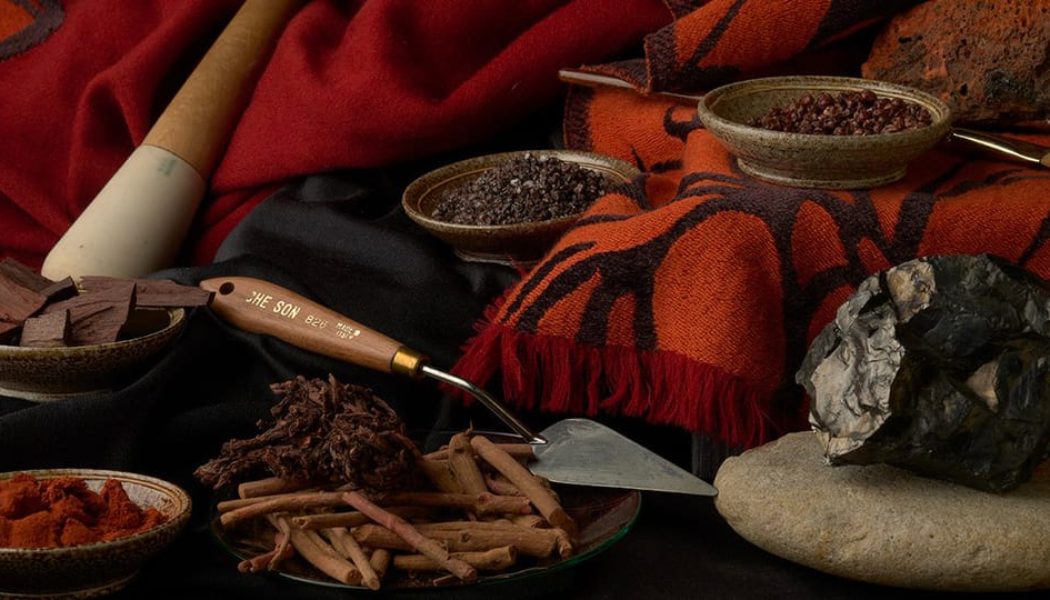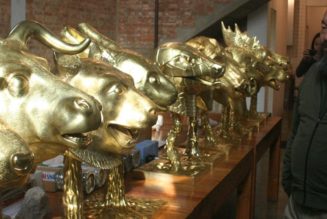
Throughout history, red has been a marker of many things: it’s the color of blood and the hue our ancient ancestors chose to typically scribble against cave walls. Millennia later, the Romans are noted to have favored red as the color to decorate military attire and in modern times, red is one of the most popular primary hues for sports teams, as is for many country flags. On view at the North Carolina Museum of Art is a new exhibition that explores the history of the color red.
Seeing Red is mapped out across generations, linking disparate periods, such as the Ancient Incas and the Renaissance, bridging the gap in how civilization as a whole has collectively viewed various shades of the rosy hue. The institution has described it as “arguably the most important color to human beings,” because red has simultaneously represented “danger, distinguished our leaders, glorified our religious images, and underscored our life and death. For many, red was divine, a direct connection to gods and the supernatural.”
“Red ochre, a natural mineral pigment, is the first colored substance associated with humans and frequently found in archaeological contexts throughout human history and on nearly every continent,” said Perry Hurt, the museum’s director of conservation in a statement. From one empire to the next, red is thought to have held supernatural powers, a certain “life force,” Hurts added.
Seeing Red provides viewers a comprehensive look into the cultivation of red pigments and its symbolic use throughout history. The exhibition is currently on view in North Carolina until December 2025.
North Carolina Museum of Art
2110 Blue Ridge Rd,
Raleigh, NC 27607









